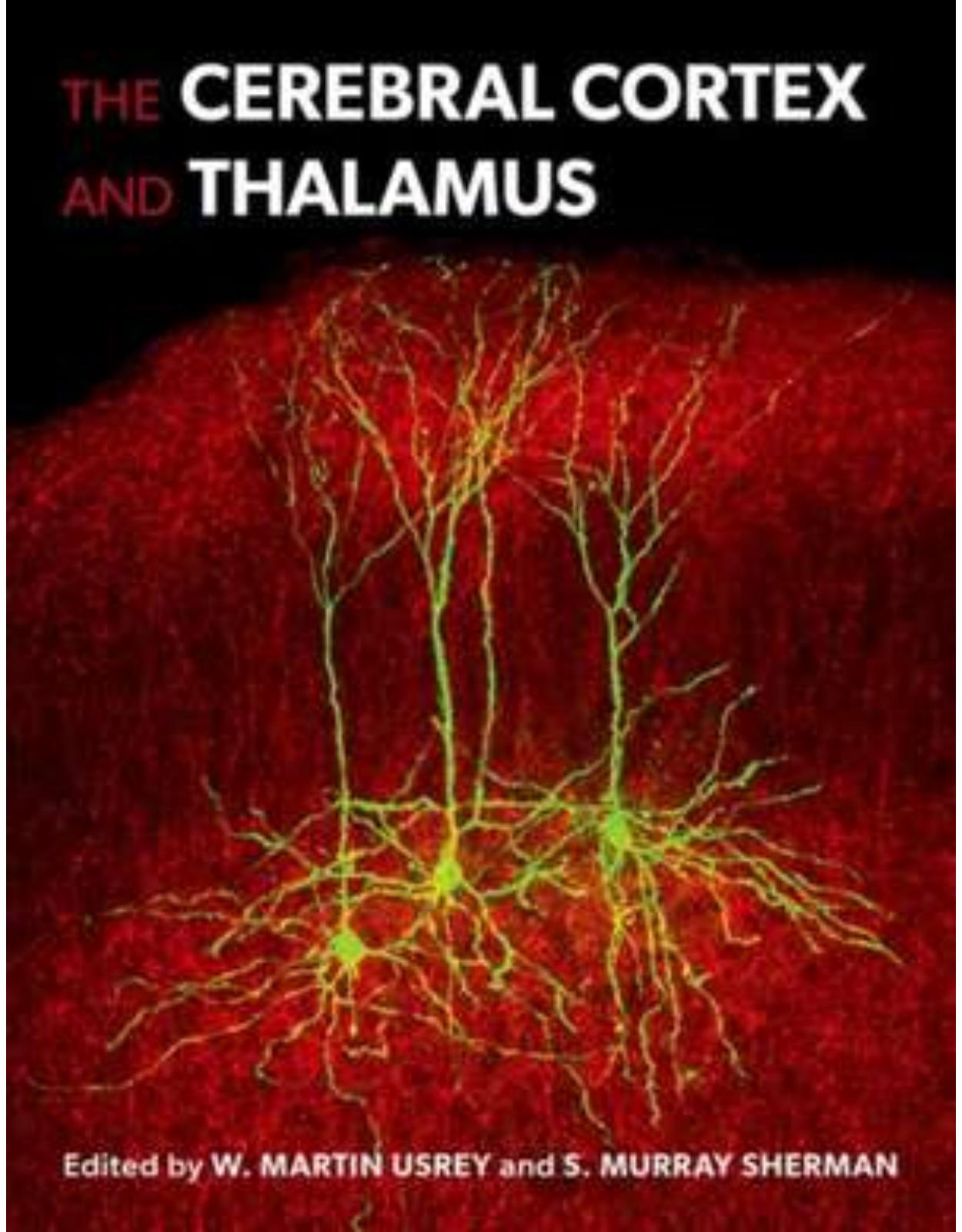
The Cerebral Cortex and Thalamus
Livrare gratis la comenzi peste 500 RON. Pentru celelalte comenzi livrarea este 20 RON.
Disponibilitate: La comanda in aproximativ 4 saptamani
Editura: Oxford University Press
Limba: Engleza
Nr. pagini: 816
Coperta: Hardcover
Dimensiuni: 220 x 185 x 40 mm
An aparitie: 23 ian 2024
Description:
For the first time, Drs. Usrey and Sherman, along with a who's who of luminaries in neuroscience research, seek to codify the roles that the cortex and thalamus and their interdependence on each other play for sensation, action, and cognition. The thalamus, in addition, has often been treated as a minor, rather insignificant player in cortical functioning. In the not too distant past, the thalamus was considered a rather boring, machine-like relay of subcortical information to the cortex. Over the past decade, there has been a groundswell of new and renewed interest in the thalamus and thalamocortical interactions, leading to discoveries demonstrating the thalamus's ongoing and essential role in cortical functioning and, likewise, the significance of the cortex for thalamic functioning.The Cerebral Cortex and Thalamus is a groundbreaking volume bringing together a cohesive account of cortical and thalamic mechanisms for control of behavior with an emphasis on the importance of interactions between the two structures. The book elucidates the research that makes it increasingly clear that the cortex and thalamus are necessary partners for sensory, motor, and cognitive functions. Interactions between thalamus and cortex are not only essential for proper brain function, they are also sensitive to a range of diseases that can have devastating consequences on individuals and society. An essential text for graduate students, early career investigators, and investigators looking to shift their research focus, The Cerebral Cortex and Thalamus is organized into topical sections covering circuit properties of thalamus and cortex, thalamocortical and corticothalamic motifs, sensory systems, motor systems, interareal cortical communication, cognitive properties, development and plasticity, evolution, computation, and disease.
Table of Contents:
Section I. Introduction
- Introduction and Overview
Section II. Thalamic Cell and Circuit Properties
- Thalamus and Prethalamus Cell Types and Their Interconnections
- Biophysical Properties of Thalamic Cell Types
- Heterogeneity of Thalamic Input Landscapes
- Synaptic Properties of Thalamic and Prethalamic Inputs
Section III. Cortical Cell and Circuit Properties
- Anatomical and Physiological Basis for the Flow of Thalamocortical Inputs Across the Layers of the Primary Sensory Cortex
- Biophysical Properties of Cortical Excitatory Neurons
- Functional Roles of Cortical Inhibitory Interneurons
- Transformation of Receptive Fields Across Laminae
- Neuromodulation in Cortical Circuits
Section IV. Pathways Between the Thalamus and the Cortex
- Thalamic Output Pathways: Global Layout and Nucleus-Level Organization
- Thalamic Output Pathways: Single-Cell Organization Level
- Thalamocortical Synapses
- Structure and Function of Corticothalamic Pathways of Layer 6 Neurons
- Corticothalamic Layer 5 Pathways and Synapses
- The Thalamic Reticular Nucleus: Anatomo-Functional Mechanisms and Concept
Section V. Sensory Systems
- A Comparative Approach to Parallel Geniculocortical Pathways
- Thalamic Contributions to Visual Cortical Receptive Fields
- Corticogeniculate Feedback and Visual Processing
- Visual Processing in the Pulvinar
- Auditory Thalamic Nuclei, Cell Types, and Parallel Pathways
- Sensory Representations in the Auditory Cortex and Thalamus
- The Role of the Thalamus for Human Auditory and Visual Speech Perception
- Corticothalamic Interactions in the Auditory System
- General Organization and Parallel Pathways in the Somatosensory System
- Duplicated Thalamocortical Input: Lessons From the Somatosensory System
- Layer 6 Corticothalamic Neurons in the Somatosensory System
- The Vestibular Thalamus
- Thalamocortical Contributions to Chemical Senses
- Thalamic Contributions to Multisensory Convergence and Processing
Section VI. Motor Systems
- Thalamic Control of Motor Cortical Synchrony
- Intrinsic Properties of Neurons in Motor Thalamus and Connected Cortex
- Connectivity of Motor Cortex, Motor Thalamus, and Striatum
- Models of Thalamocortical Interactions in Motor Control
- Thalamocortical Contributions to Neural Dynamics and Behavior
- Oculomotor Thalamus and Efference Copy
Section VII. Inter-Areal Cortical Communication
- The Evolving Concept of Cortical Hierarchy
- Feedforward and Feedback Connections: Functional Connectivity, Synaptic Physiology, and Function
- Modular Architecture of Layer 1 as a Template for the Organization of the Mouse Distributed Hierarchical Visual Network
- Mechanisms of Cortico-Cortical Communication
- Predictive Coding: Forward and Backward Connectivity
- Cortico-Cortical Communication Through the Thalamus: Trans-Thalamic Pathways
Section VIII. Cognitive Properties
- Memory and the Human Anterior Thalamus
- Memory and the Rodent Anterior Thalamus
- Attention and Thalamocortical Interactions
- The Mediodorsal Thalamus and Decision-Making
- Thalamic Contribution to Cortical Network Functions
- Thalamic Bases of Goal-Directed Behaviors
Section IX. Development and Plasticity
- Mechanisms Underlying the Refinement of the Retinogeniculate Synapse
- Postnatal Development of the Thalamocortical Circuit and of Sensory-Driven Cortical Activity
- Critical Period Plasticity and Development of Binocular Vision
- Development and Plasticity of Feature Selectivity
- Development of Corticothalamic Projections
- The Connections of the Prefrontal Cortex and Thalamus and Plasticity Within This Circuitry
- Cross-Modal Plasticity of Cortical and Thalamic Circuits
Section X. Evolution
- The Coevolution of the Neocortex and Dorsal Thalamus in Mammals: Scaling Relationships Between and Within Structures
- Evolution of Frontal Cortex and Thalamus in Primates
- Evolution and Development of Thalamocortical Relationships
- Evolution and Elaboration of Thalamocortical Action Maps
Section XI. Computational Approaches to Thalamocortical Dynamics, Encoding, and Algorithms
- Connecting Neural Dynamics and Computation Across Spatial and Temporal Scales
- Modeling Thalamocortical Oscillations: Mechanisms and Impact
- Control of Thalamocortical Signaling Through Spike Timing and Synchrony
- How the LGN Forwards Retinal Information to the Cortex
- Predictive Coding in Cortical and Corticothalamic Hierarchical Networks
Section XII. Disease and Pathophysiology
- Corticothalamic Network Abnormalities Underlying Absence Seizures
- Thalamic Dysconnectivity Across the Schizophrenia Illness Course and Psychosis Spectrum
- Thalamus, Thalamocortical Networks, and Non-Motor Symptoms in Parkinson’s Disease
- Thalamic Changes in Aging and Alzheimer’s Disease
- Contribution of Thalamocortical Loops to the Development, Persistence, and Complications of Alcohol Use Disorder
- Frontotemporal Dementia
- Visuospatial and Motor Deficits Following Pulvinar Lesions
- Concluding Thoughts
Index
| An aparitie | 23 ian 2024 |
| Autor | W. Martin Usrey, S. Murray Sherman |
| Dimensiuni | 220 x 185 x 40 mm |
| Editura | Oxford University Press |
| Format | Hardcover |
| ISBN | 9780197676158 |
| Limba | Engleza |
| Nr pag | 816 |
-
77200 lei 68200 lei


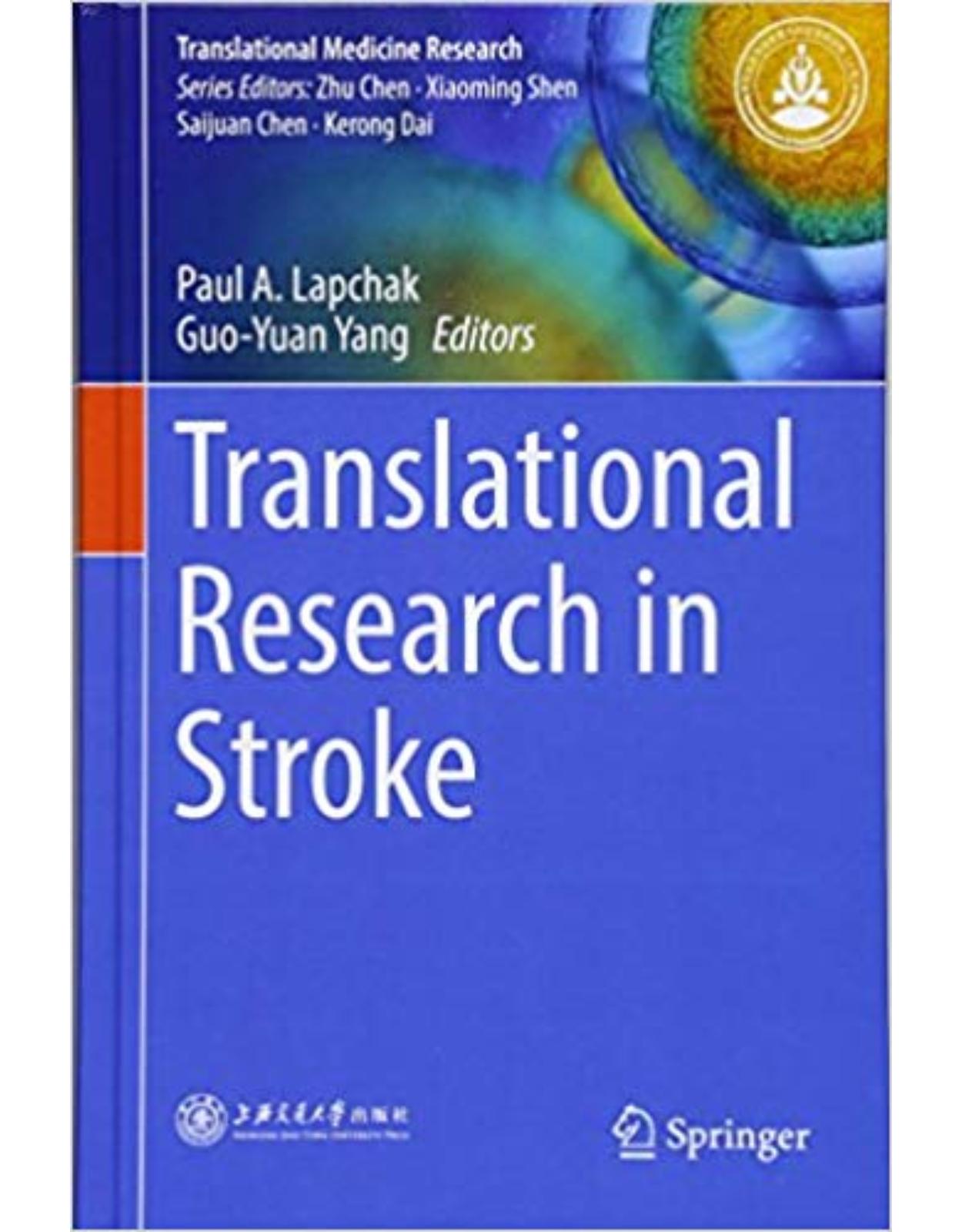
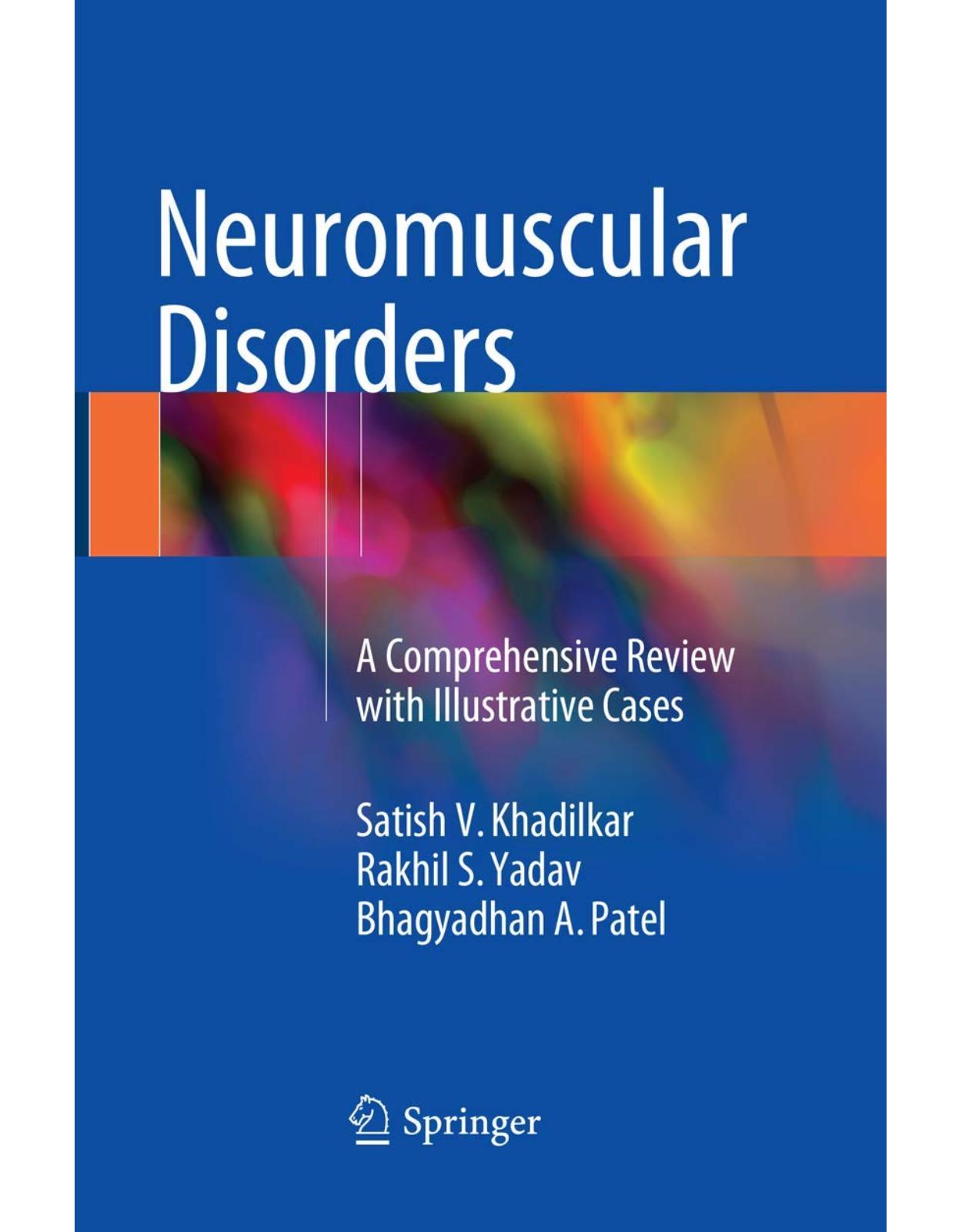
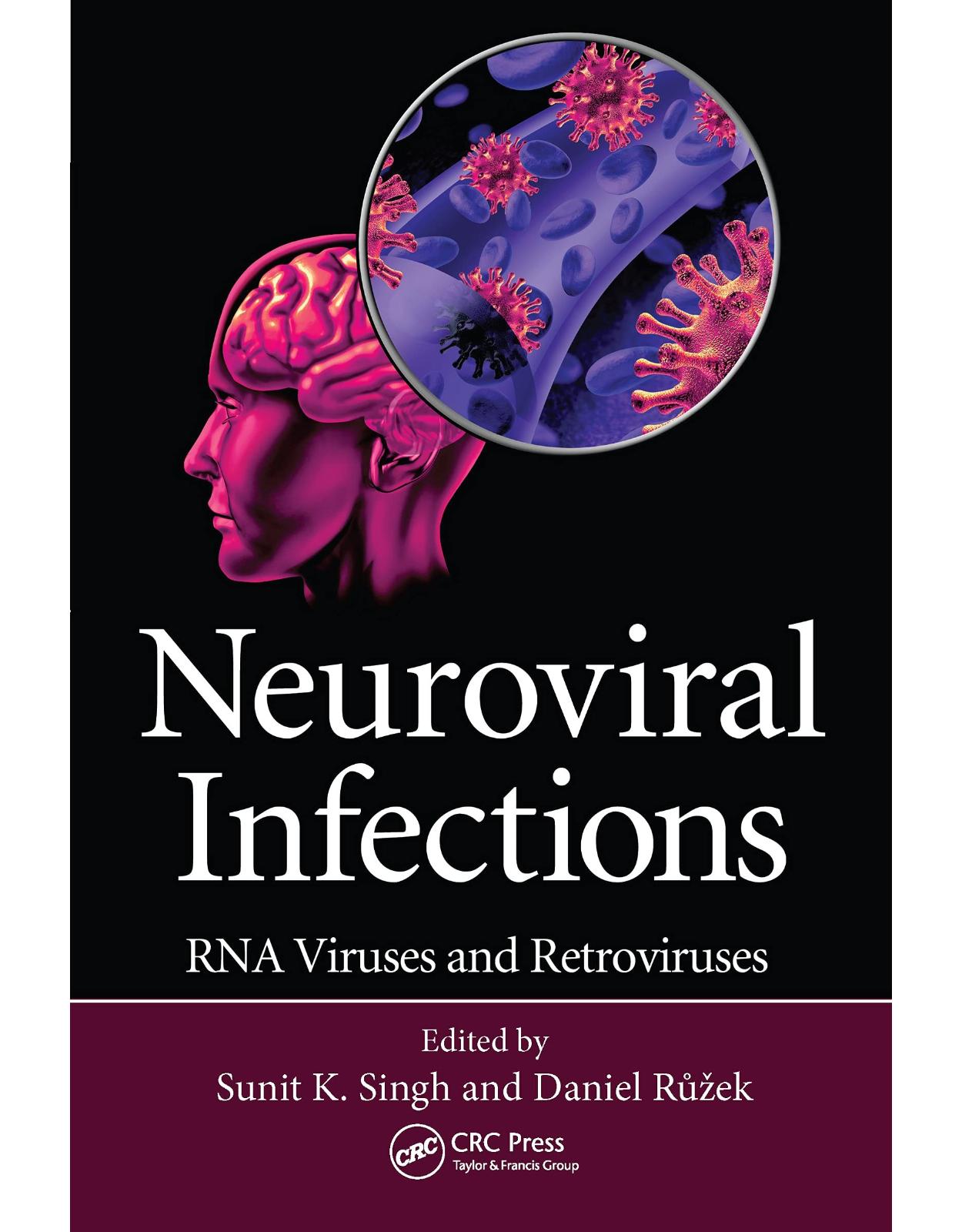
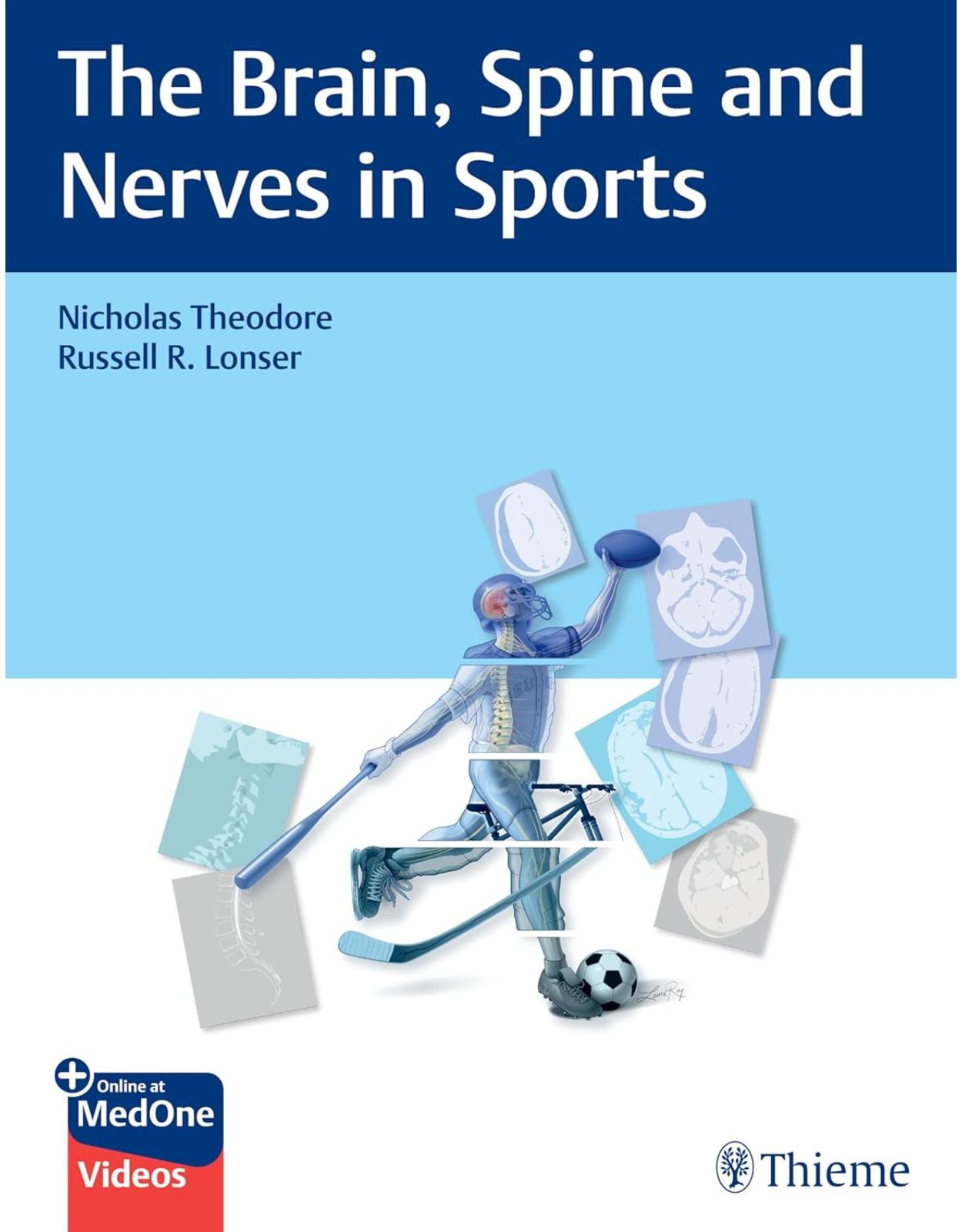
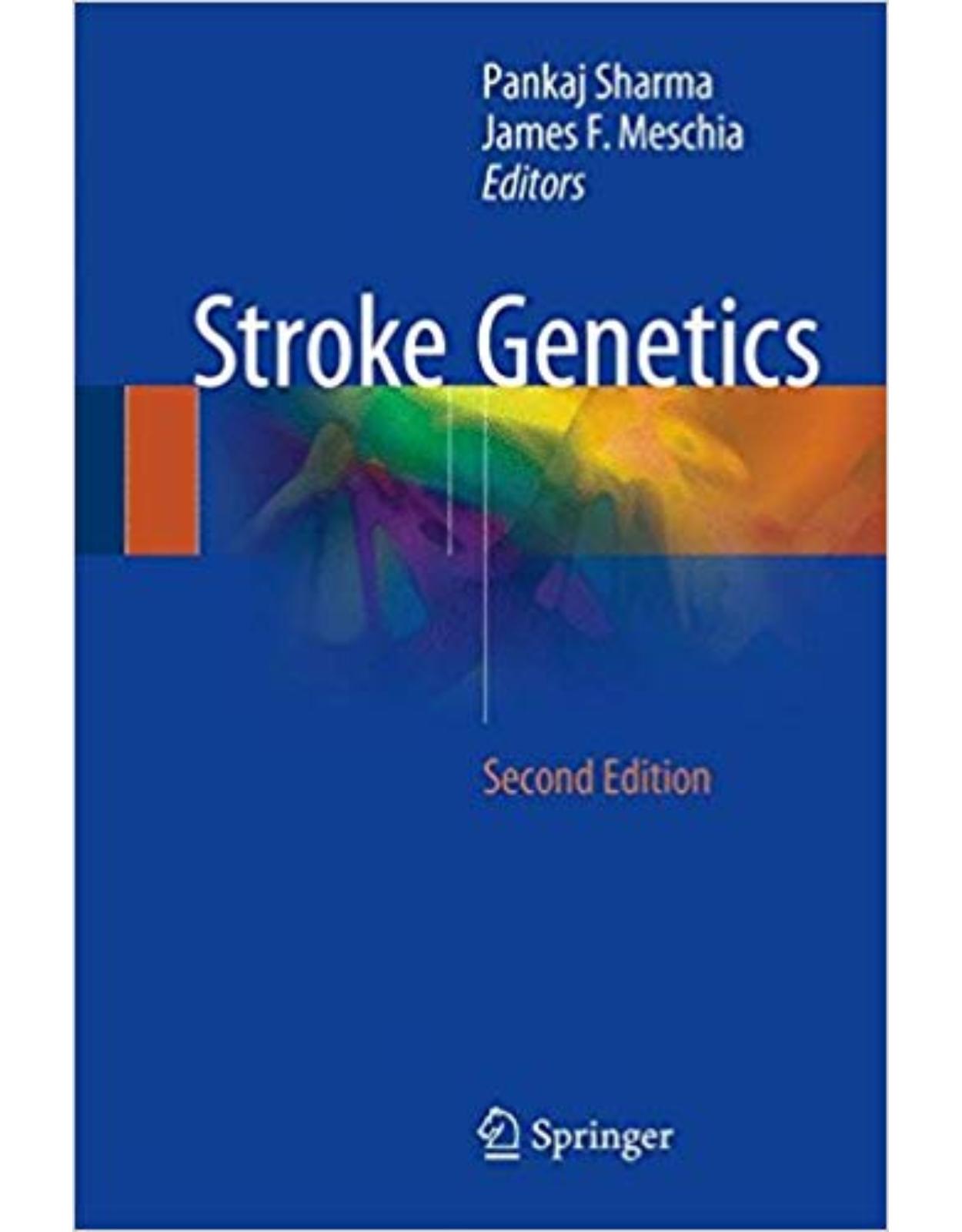
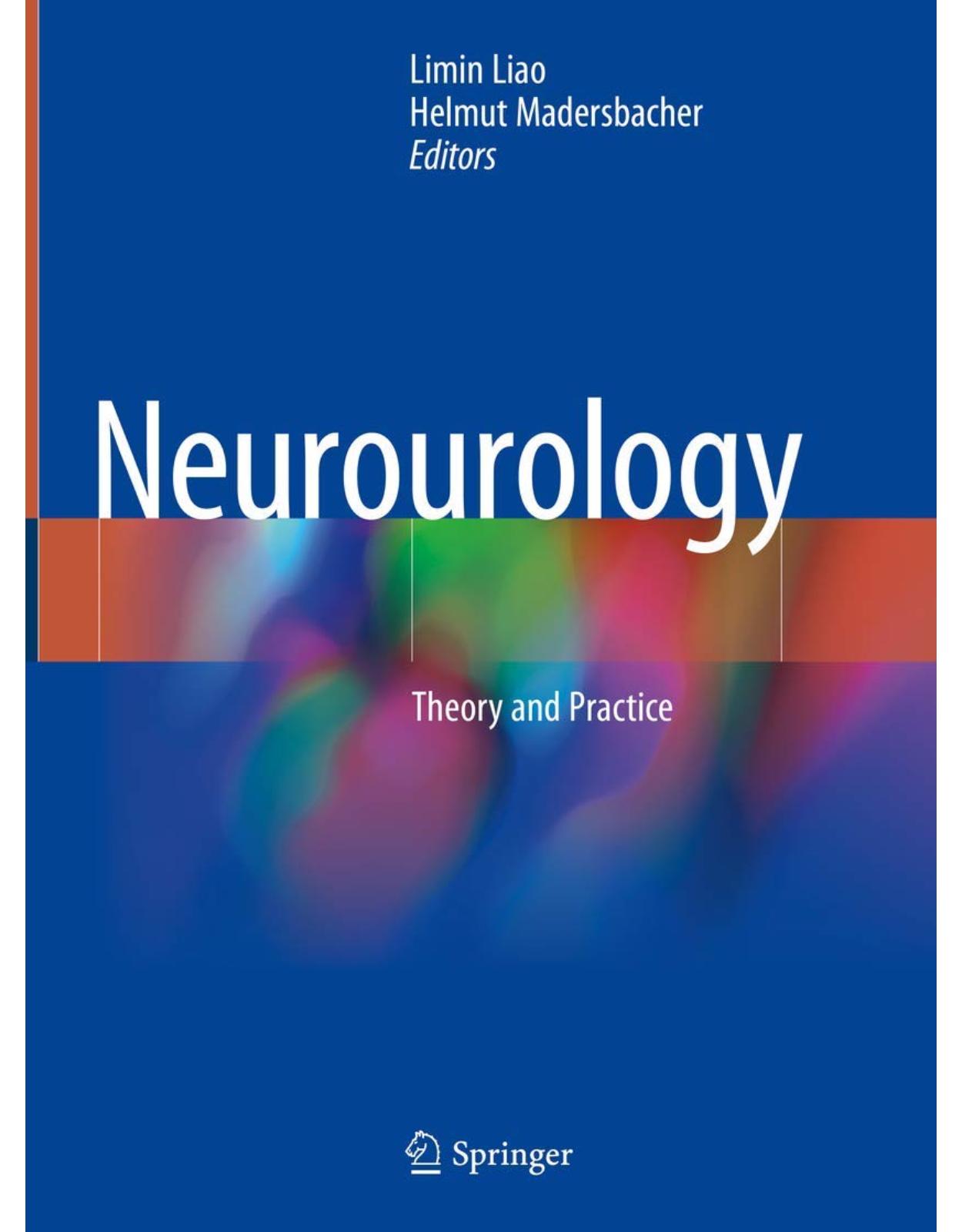
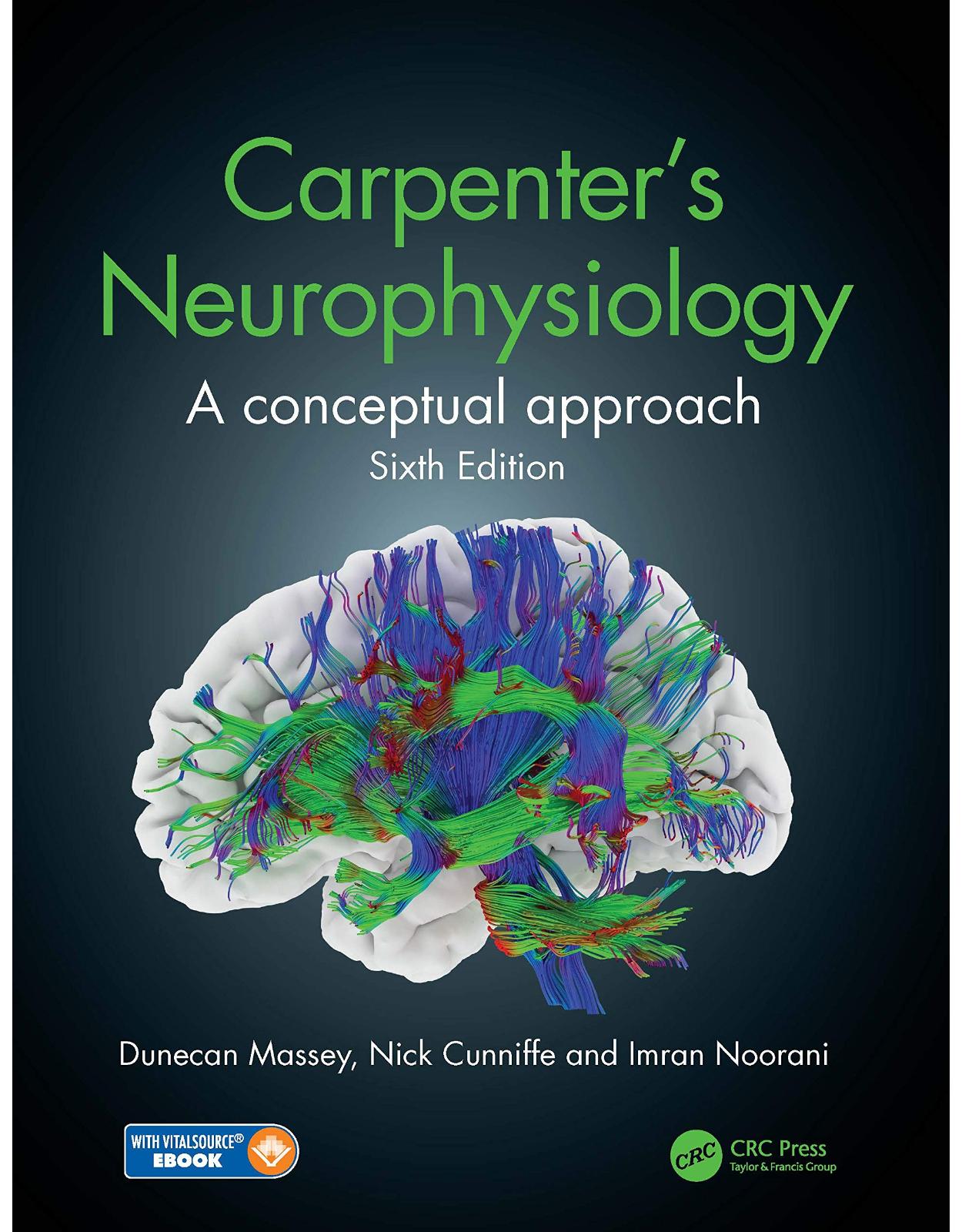

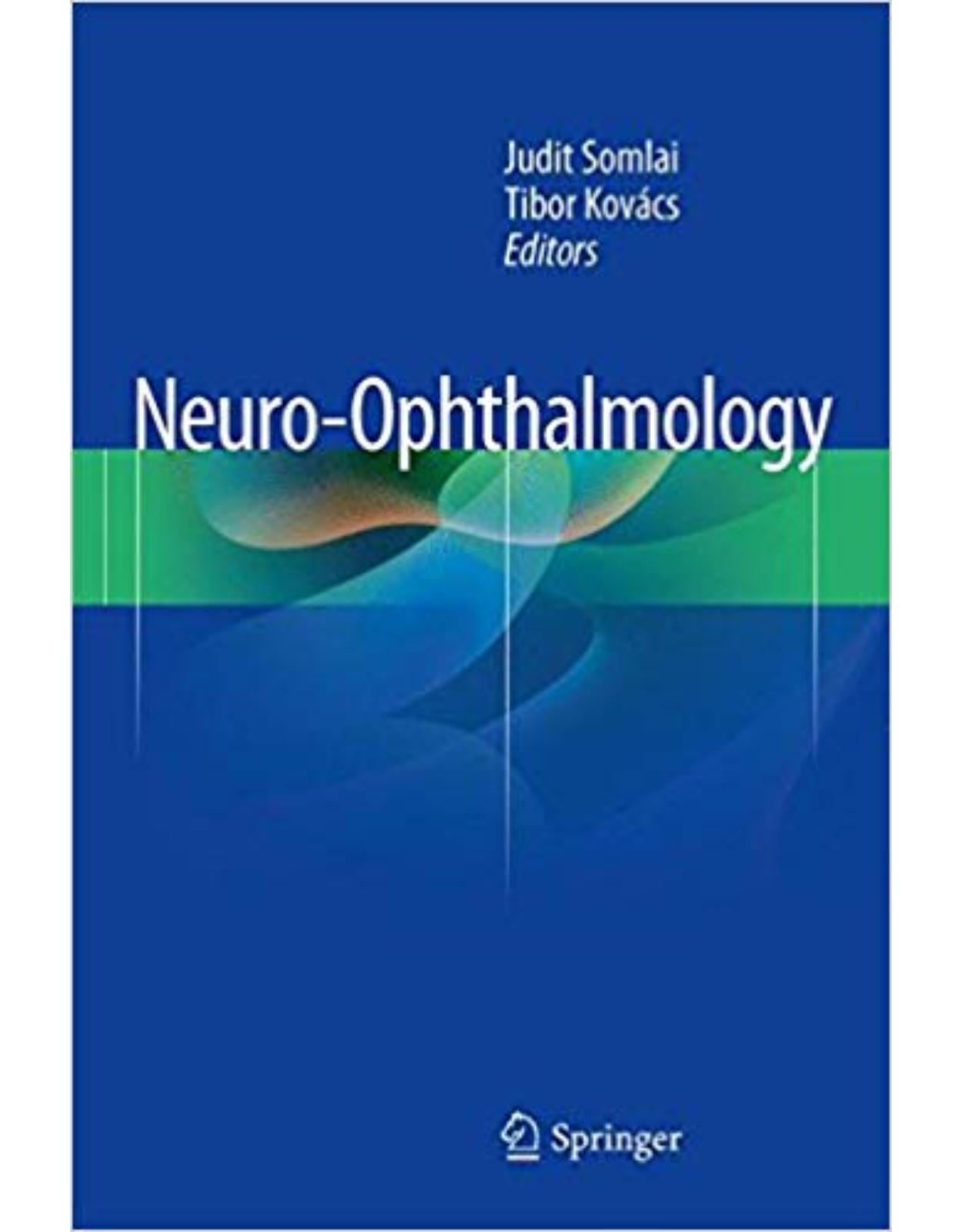
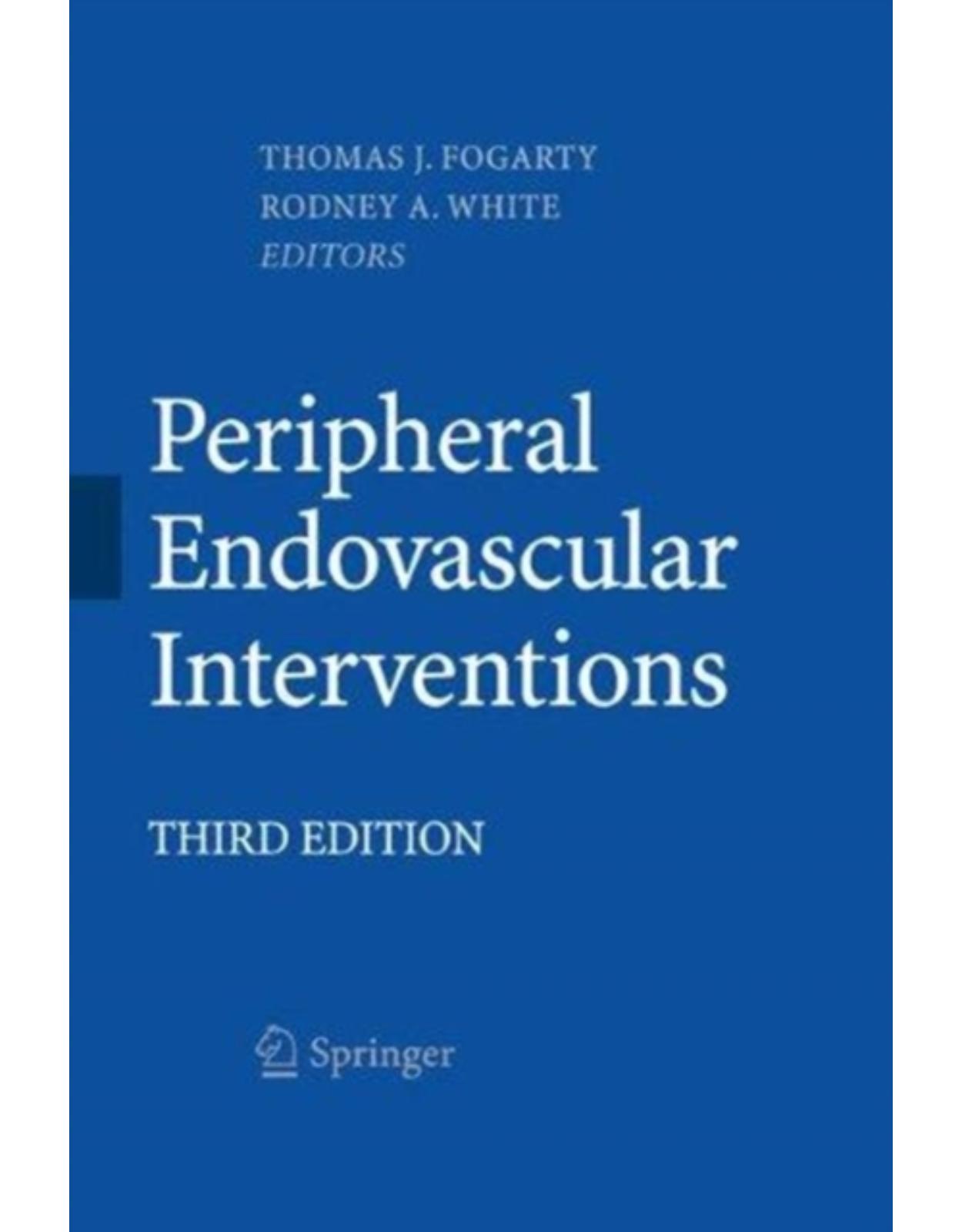
Clientii ebookshop.ro nu au adaugat inca opinii pentru acest produs. Fii primul care adauga o parere, folosind formularul de mai jos.